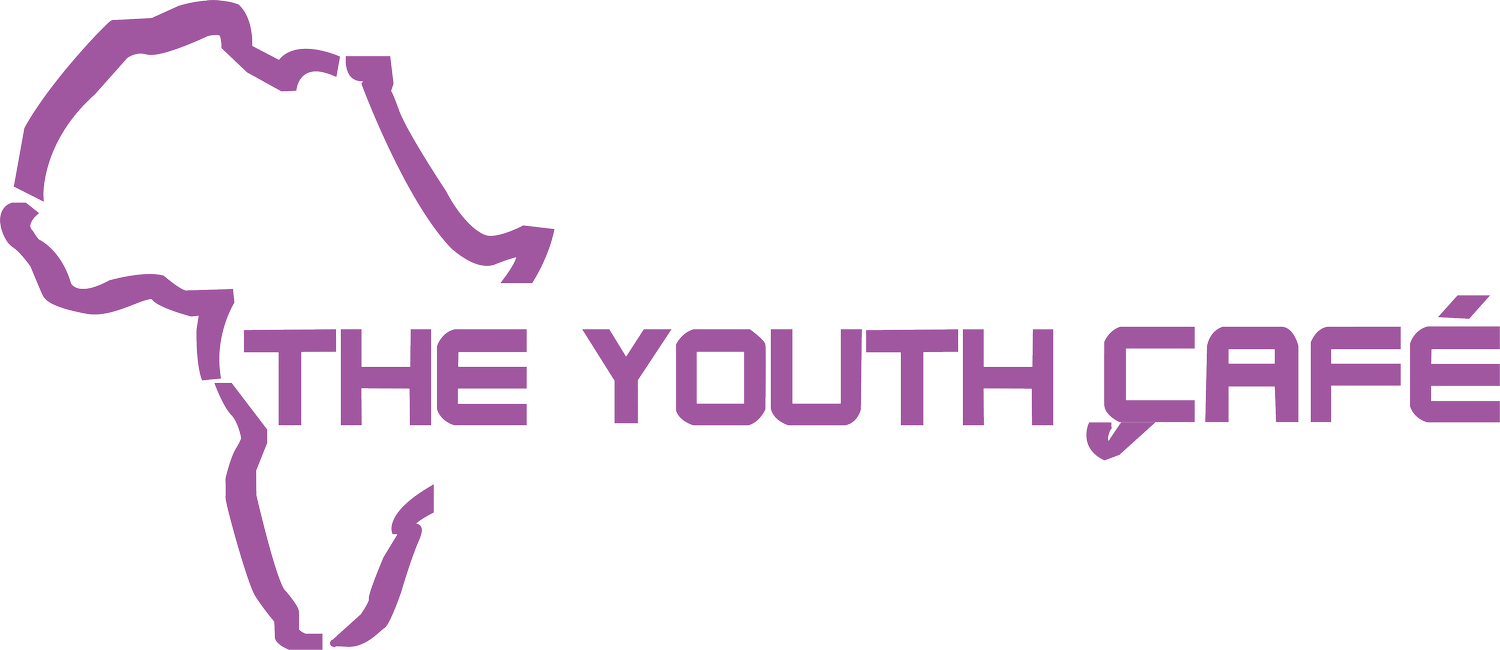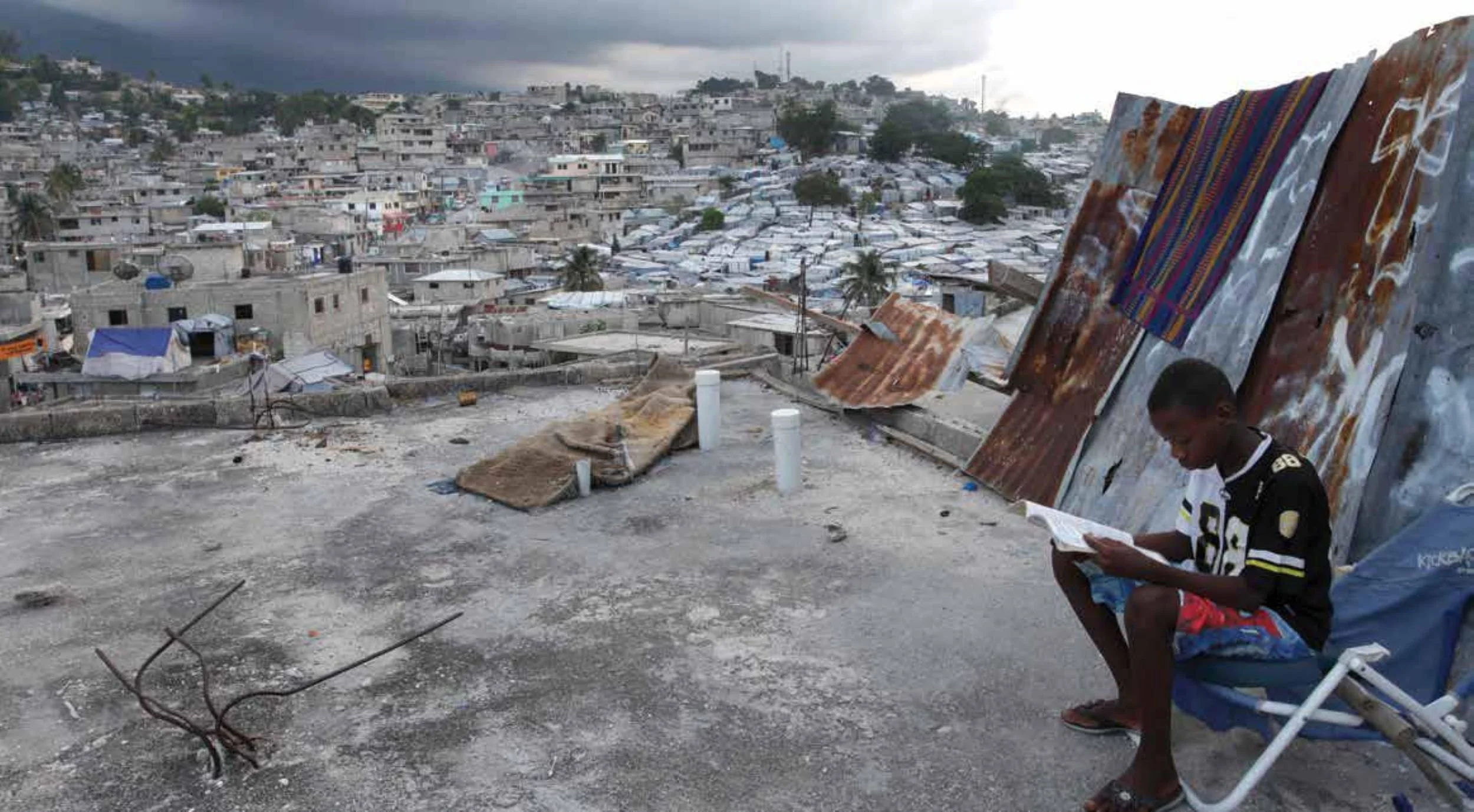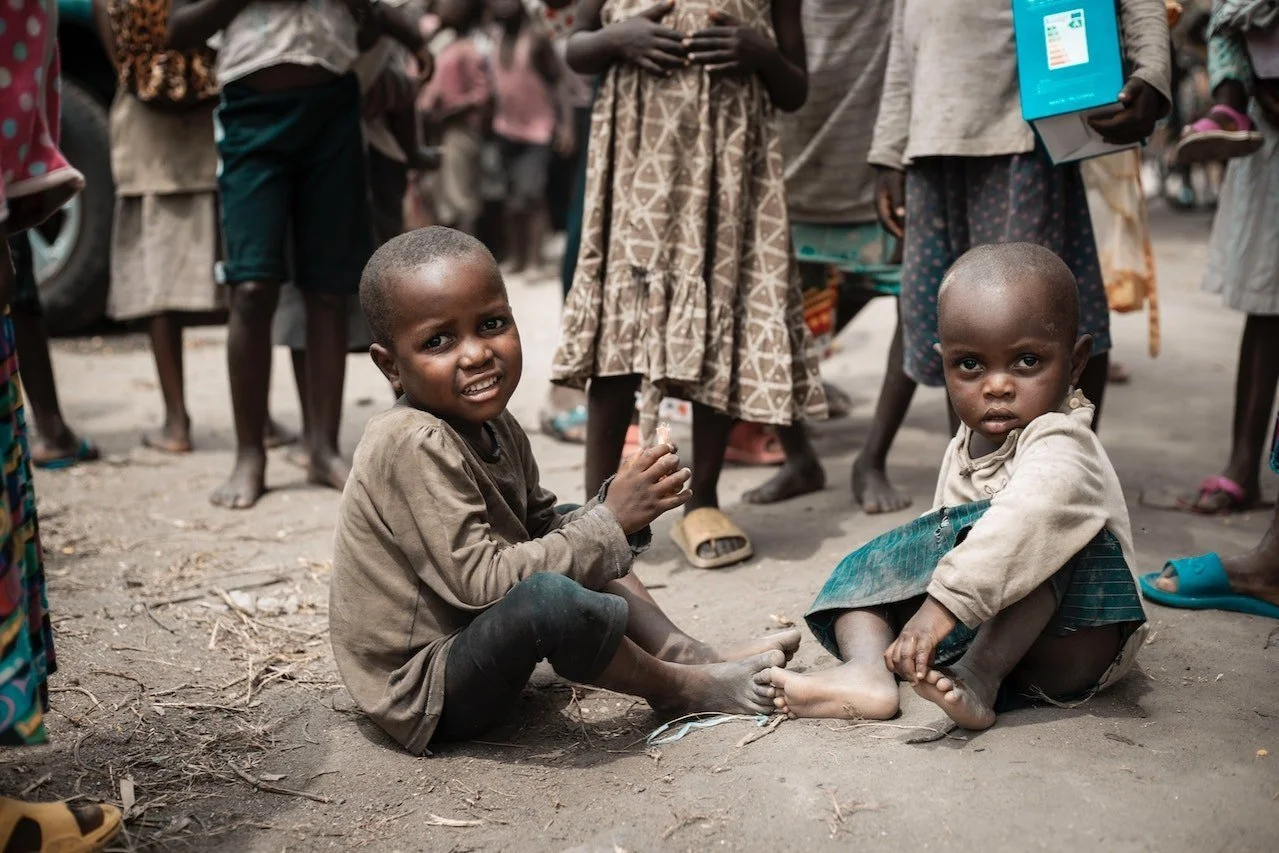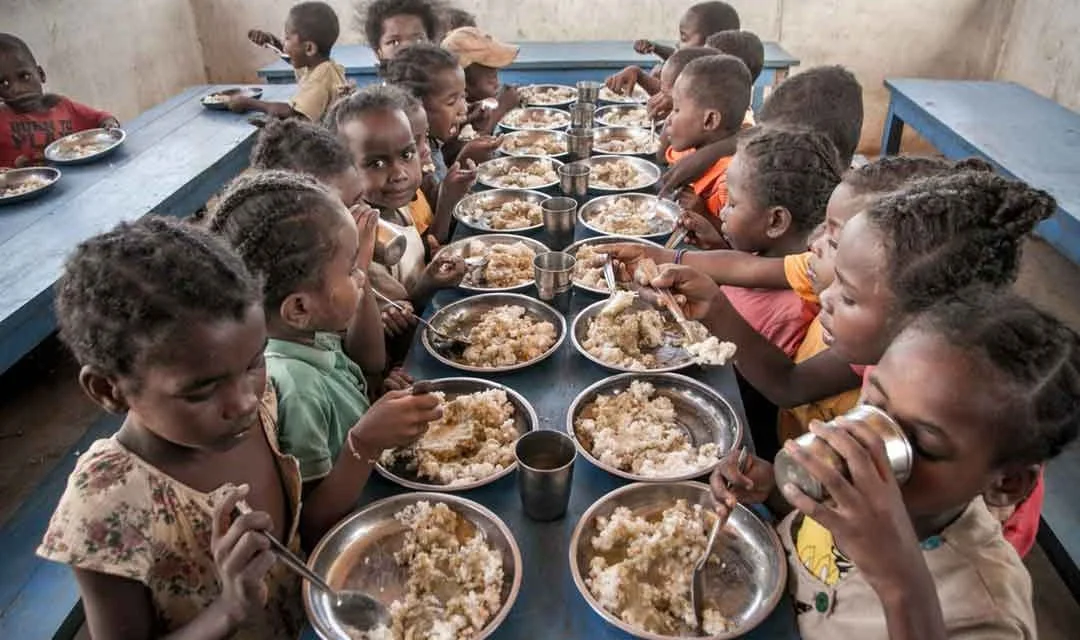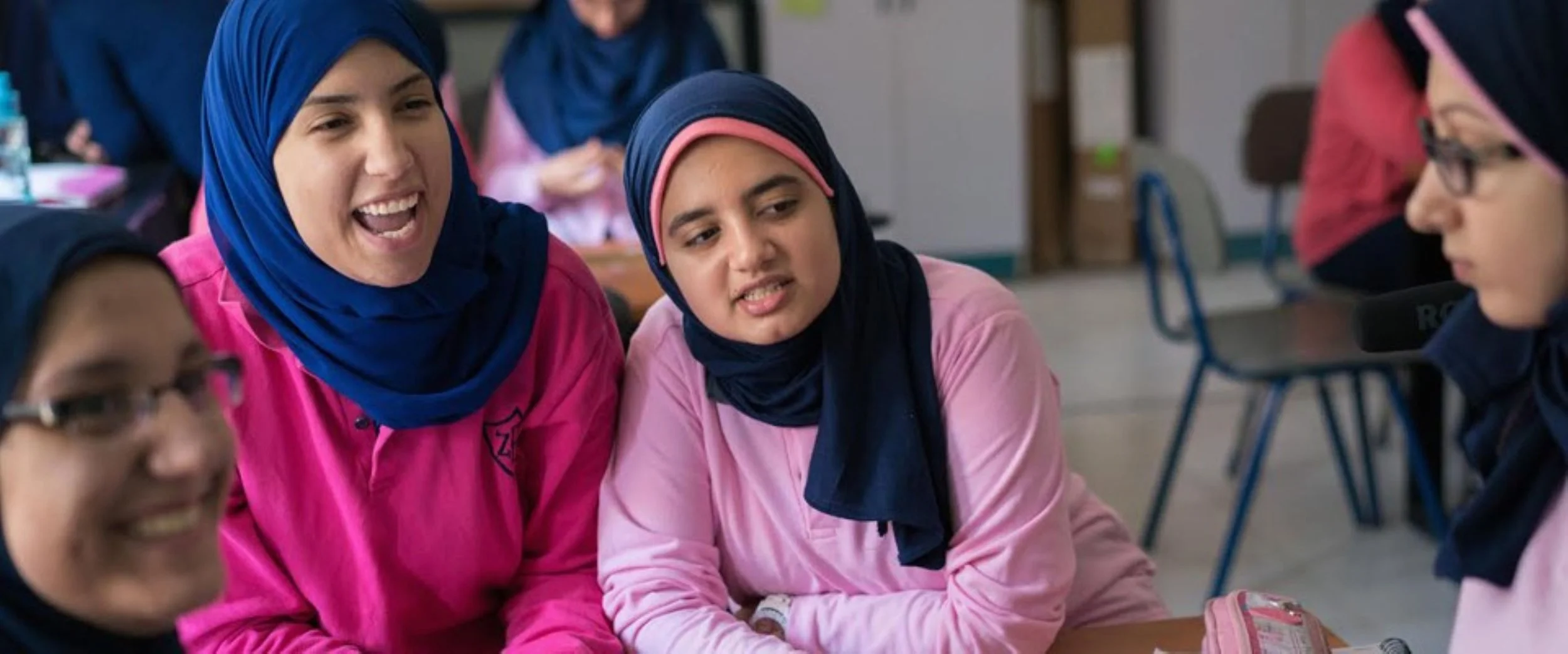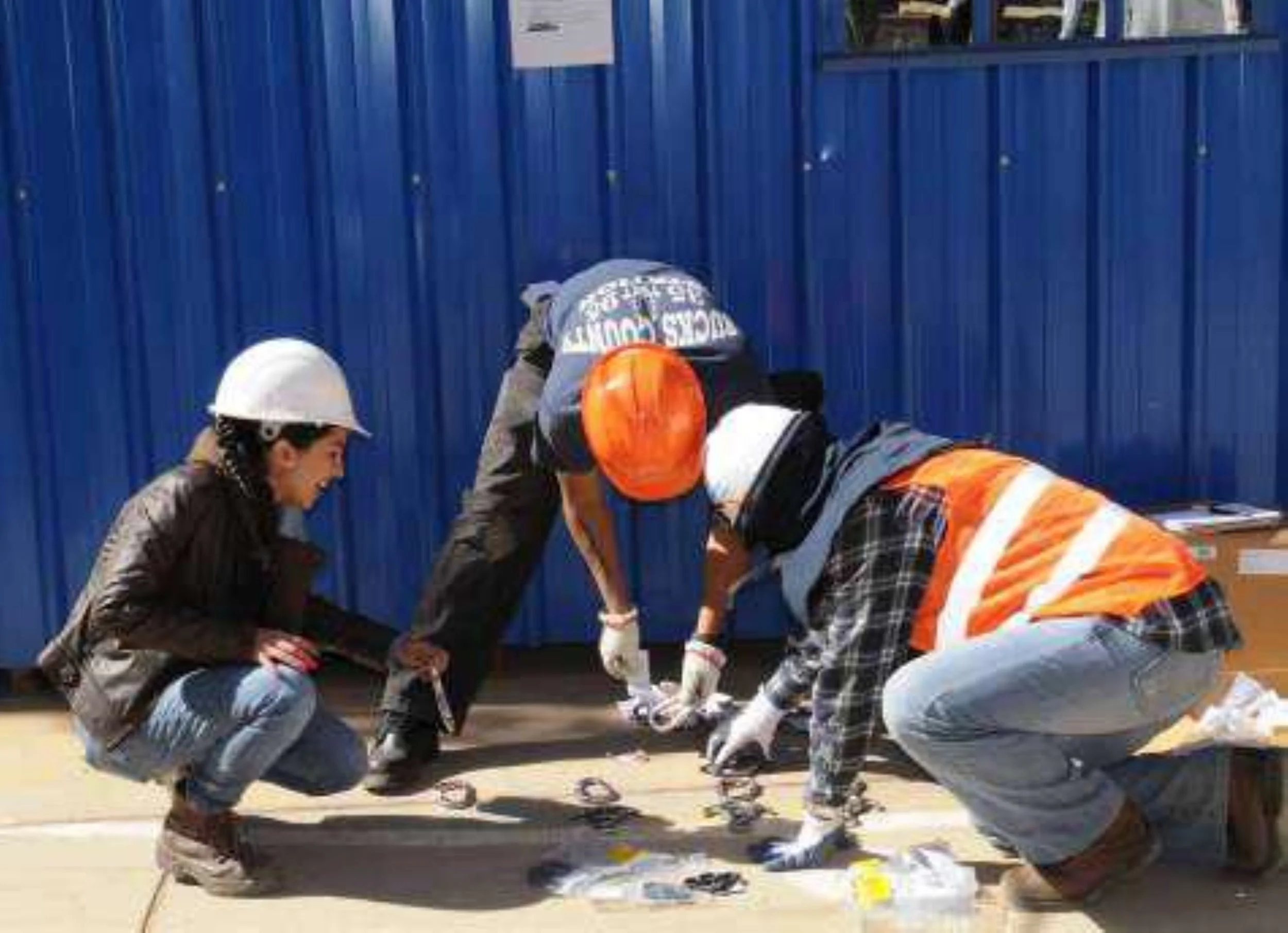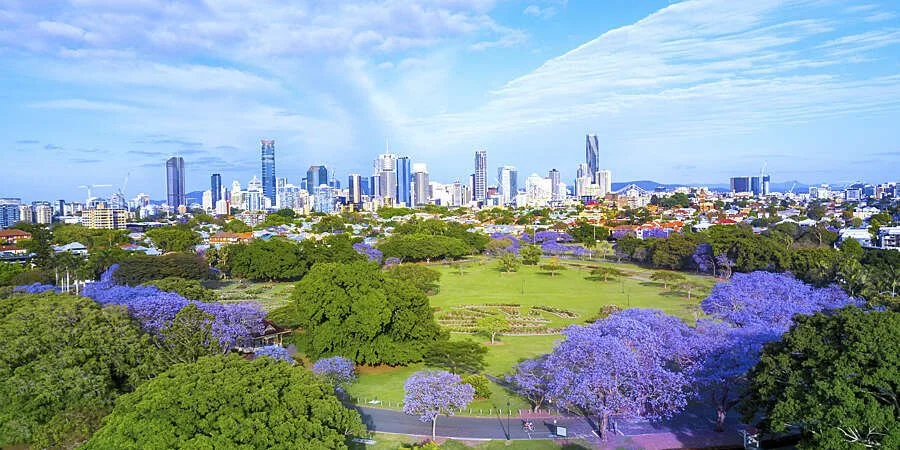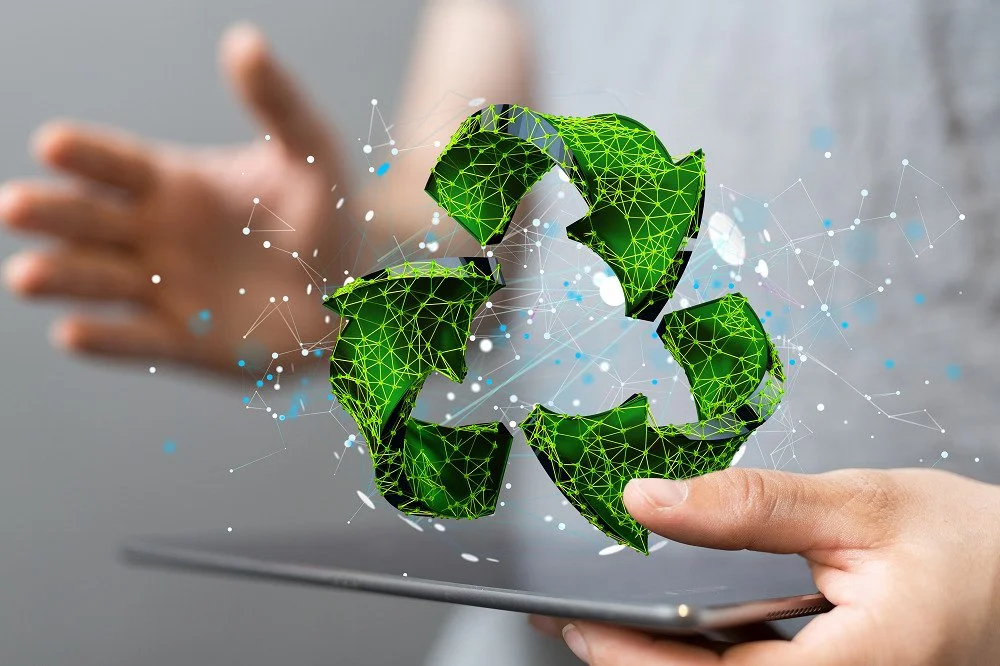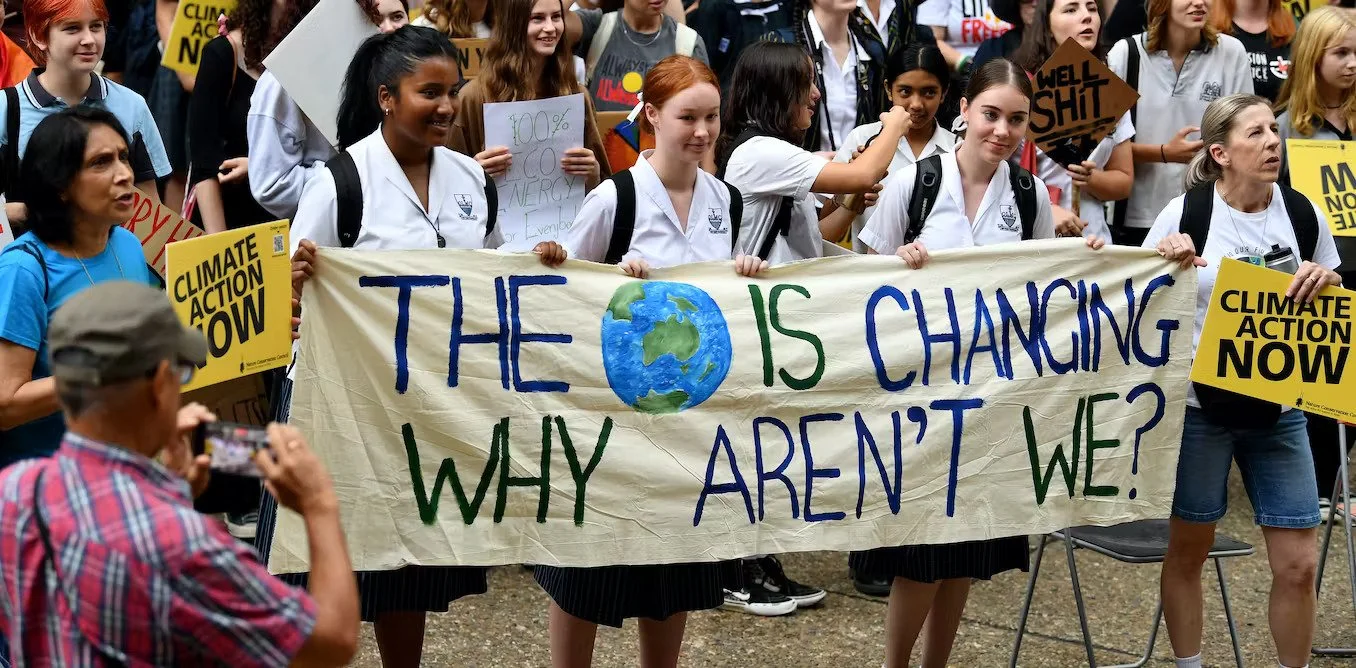The Sustainable Development Goals Report 2017 reviews progress made towards the 17 Goals in the second year of implementation of the 2030 Agenda for Sustainable Development. The report is based on the latest available data. It highlights both gains and challenges as the international community moves towards the full realization of the ambitions and principles espoused in the 2030 Agenda. While considerable progress has been made over the past decade across all areas of development, the pace of progress observed in previous years is insufficient to fully meet the Sustainable Development Goals (SDGs) and targets by 2030.
Time is, therefore, of the essence. Moreover, as the following pages show, progress has not always been equitable. Advancements have been uneven across regions, between the sexes, and among people of different ages, wealth and locales, including urban and rural dwellers. Faster and more inclusive progress is needed to accomplish the bold vision articulated in the 2030 Agenda.
GOAL 1: End poverty in all its forms everywhere
Giving people in every part of the world the support they need to lift themselves out of poverty in all its manifestations is the very essence of sustainable development. Goal 1 focuses on ending poverty through interrelated strategies, including the promotion of social protection systems, decent employment and building the resilience of the poor.
An estimated 767 million people lived below the extreme poverty line in 2013, down from 1.7 billion people in 1999.
Goal 2: End hunger, achieve food security and improved nutrition and promote sustainable agriculture
Goal 2 addresses a fundamental human need—access to nutritious, healthy food and the means by which it can be sustainably secured for everyone. Tackling hunger cannot be addressed by increasing food production alone. Well-functioning markets, increased incomes for smallholder farmers, equal access to technology and land, and additional investments all play a role in creating a vibrant and productive agricultural sector that builds food security.
Goal 3: Ensure healthy lives and promote well-being for all at all ages
Goal 3 addresses all major health priorities and calls for improving reproductive, maternal and child health; ending communicable diseases; reducing non-communicable diseases and other health hazards; and ensuring universal access to safe, effective, quality and affordable medicines and vaccines as well as health coverage.
Between 2000 and 2015, the global maternal mortality ratio declined by 37 per cent, and the under-5 mortality rate fell by 44 per cent.
GOAL 4: Ensure inclusive and equitable quality education and promote lifelong learning opportunities for all
Goal 4 aims to ensure that all people have access to quality education and the opportunity for lifelong learning. The Goal goes beyond school enrolment and looks at proficiency levels, the availability of trained teachers and adequate school facilities, and disparities in education outcomes
. In 2014, 2 out of 3 children worldwide participated in pre-primary or primary education in the year prior to the official entrance age for primary school, compared to only 4 in 10 children in the poorest countries.
Goal 5: Achieve gender equality and empower all women and girls
Gender inequality persists worldwide, depriving women and girls of their basic rights and opportunities. Achieving gender equality and the empowerment of women and girls will require more vigorous efforts, including legal frameworks, to counter deeply rooted gender-based discrimination often resulting from patriarchal attitudes and related social norms.
Goal 6: Ensure availability and sustainable management of water and sanitation for all
Without quality, sustainable water resources and sanitation, progress in many other areas across the SDGs, including health, education and poverty reduction, will also be held back. In 2015, 5.2 billion people (71 per cent of the global population) used a “safely managed” drinking water service—an improved source located on premises, available when needed and free from contamination.
In 2015, 2.9 billion people (39 per cent of the global population) used a “safely managed” sanitation service—a basic facility that safely disposed of human waste.
Goal 7: Ensure access to affordable, reliable, sustainable and modern energy for all
In 2014, 85.3 per cent of the global population had access to electricity, up from 77.6 per cent in 2000. However, 1.06 billion people still live without this basic service. While 96 per cent of urban residents could access electricity in 2014, the share was only 73 per cent in rural areas.
Access to clean fuels and technologies for cooking climbed to 57 per cent in 2014, up from 50 per cent in 2000. Still, more than 3 billion people, most of them in Asia and sub-Saharan Africa, lack access to clean cooking fuels and technologies and are exposed to high levels of household air pollution.
Goal 8: Promote sustained, inclusive and sustainable economic growth, full and productive employment and decent work for all
The average annual growth rate of real gross domestic product (GDP) per capita expanded from 0.9 per cent over the period 2005-2009 to 1.6 per cent in 2010-2015. Real GDP growth in the least developed countries (LDCs) averaged 4.9 per cent in 2010-2015, short of the target of at least 7 per cent annually. Growth in labour productivity—measured by GDP per worker—slowed sharply after the financial crisis of 2008-2009. It grew at an average annual rate of 1.9 per cent between 2009 and 2016, compared to 2.9 per cent between 2000 and 2008.
Goal 9: Build resilient infrastructure, promote inclusive and sustainable industrialization and foster innovation
In 2015, the economic impact of air transport was 2.7 trillion US dollars (3.5 per cent of global GDP). The least developed countries (LDCs), landlocked developing countries (LLDCs) and small island developing States (SIDS) accounted for limited air travel and freight volumes—each country group comprised only a small fraction (1 to 2.7 per cent) of the global total. Between 2005 and 2016, manufacturing value added (MVA) per capita increased by almost 59 per cent in LDCs, yet was still only about 2 per cent of that in Europe and Northern America.
Goal 10: Reduce inequality within and among countries
In 49 of 83 countries with data for the period 2011-2015, the per capita incomes of the poorest 40 per cent of the population grew more rapidly than the national average, leading to a reduction in income inequality. Reforms at the International Monetary Fund have led to increased voting shares for developing countries, yet in many international organizations, their voting shares remain far below their overall membership levels. The international trade community continues to grant more favourable access conditions to LDCs: the proportion of tariff lines for exports from LDCs with zero tariffs increased from 49 per cent in 2005 to 65 per cent in 2015.
On average, the cost of sending remittances home is above 7 per cent of the amount remitted, significantly higher than the 3 per cent target.
Goal 11: Make cities and human settlements inclusive, safe, resilient and sustainable
The proportion of the urban population living in slums worldwide fell from 28 per cent in 2000 to 23 per cent in 2014. However, in sub-Saharan Africa, more than half (56 per cent) of urban dwellers lived in slum conditions. From 2000 to 2015, in all regions of the world, the expansion of urban land outpaced the growth of urban populations, resulting in urban sprawl.
Goal 12: Ensure sustainable consumption and production patterns
Sustainable consumption and production patterns enable efficient resource use and can reduce the impact of economic activities on the environment. To that end, this Goal focuses on decoupling economic growth from resource use and ensuring that hazardous chemicals and wastes are managed in a way that minimizes their impact on human lives and the environment. Globally, the material footprint of human beings increased from 48.5 billion metric tons in 2000 to 69.3 billion metric tons in 2010. The material footprint per capita increased from 8 metric tons per person to 10 metric tons per person over the same period.
Goal 13: Take urgent action to combat climate change and its impacts
Planetary warming continued in 2016, setting a record of about 1.1 degrees Celsius above the pre-industrial period. The extent of global sea ice fell to 4.14 million square kilometres in 2016, the second lowest on record. Mitigating climate change and its impacts will require building on the momentum achieved by the Paris Agreement on Climate Change.
Goal 14: Conserve and sustainably use the oceans, seas and marine resources for sustainable development
Oceans cover almost three quarters of the planet, comprising the largest ecosystem on Earth. The increasingly adverse impacts of climate change (including ocean acidification), overfishing and marine pollution are jeopardizing recent gains in protecting portions of the world’s oceans. fIn 2017, protected areas cover 13.2 per cent of the marine environment under national jurisdiction, 0.25 per cent of the marine environment beyond national jurisdiction, and 5.3 per cent of the total global ocean area. The average coverage of marine key biodiversity areas (KBAs) by protected areas has risen from 32 per cent in 2000 to 45 per cent in 2017.
Goal 15: Protect, restore and promote sustainable use of terrestrial ecosystems, sustainably manage forests, combat desertification, and halt and reverse land degradation and halt biodiversity loss
Protected and restored ecosystems and the biodiversity they support can help mitigate climate change and provide increased resilience in the face of mounting human pressures and natural disasters. Healthy ecosystems also produce multiple benefits for communities that rely on them. Goal 15 focuses on preserving and sustainably using the Earth’s terrestrial species and ecosystems.
Goal 16: Promote peaceful and inclusive societies for sustainable development, provide access to justice for all and build effective, accountable and inclusive institutions at all levels
Peace, justice, and effective, accountable and inclusive institutions are at the core of sustainable development. Progress in promoting peaceful and inclusive societies remains uneven across and within countries. Violent conflicts have increased in recent years, and a number of high-intensity armed conflicts are causing large numbers of civilian casualties and driving millions of people from their homes. In 2015, the intentional homicide rate in countries with high-income inequality (Gini index >0.45) was nine times that of countries with low-income inequality (Gini index <0.35).
Goal 17: Strengthen the means of implementation and revitalize the Global Partnership for Sustainable Development
A stronger commitment to partnership and cooperation is needed to achieve the SDGs. Attaining the Goals will require coherent policies, an enabling environment for sustainable development at all levels and by all actors, and a reinvigorated Global Partnership for Sustainable Development. Meeting the means of implementation targets is key to realizing the 2030 Agenda, as is the full implementation of the Addis Ababa Action Agenda.
STATISTICAL ANNEX
The document below contains the Statistical Annex of global and regional data for the global indicators for the Sustainable Development Goals and targets, adopted by the Statistical Commission at its forty-eighth session in March 2017 and by the United Nations Economic and Social Council in June 2017. The indicators presented in the Annex are those for which data are available.
